The term “Orthodox” means “correct praise” or “right doctrine.” During the early centuries of its history, when it was united, the Church was both orthodox and catholic; that is, it was the Church of “correct praise” and was “universal” (which is what catholic means).
The term “orthodox” was used by the Church to separate itself from other groups that held false doctrines about God, Jesus, the Holy Spirit, salvation, and the Church. These groups were called “heterodox” or “heretics” by the one, orthodox, and catholic Church.
We trace our history to the apostles and thus to Jesus Christ Himself. We believe that Christ brought the Church into existence, that the Holy Spirit empowers, that it was to be led by the apostles and then by those whom the apostles were led to ordain (the passing down of this authority through time is called apostolic succession), and that it represents the presence of the body of Christ in this world.
The Eastern Church, what we call the Orthodox Church, did not experience the Protestant Reformation of the 15th and 16th centuries. At that time, the Eastern Church struggled to survive under Islamic domination. The Protestants were “protesting” some of the beliefs and practices (including the issue of the Pope’s authority) of the Western Church, the Roman Catholic Church.
Entering the Church from outside, you first enter the narthex, a “halfway” space between the outside world and the temple. Lighting a candle in the narthex can mean several things. One purpose is to signify, as we light the candle, that we wish to leave our worldly cares in this room before we enter the temple.
Another reason for lighting a candle may be to remember someone in need. We pray briefly for them as we light a candle and kiss one of the icons. Our worship begins in the narthex, even before we enter the worship service itself.
Icons, the painted pictures of Christ, the Virgin Mary, the saints, or sacred events, are significant in Orthodox worship. These icons mean far more to us than ordinary paintings. Icons are windows into the sacred realm, into the kingdom of God. The persons portrayed on these wooden icons are, in a spiritual way, present with us. We kiss the icon to show love and respect, even as we might kiss the picture of a family member to show the same.
The priest is facing toward the altar and the icon of the crucified Lord. He is facing the same direction as we are, as we look to Jesus throughout our worship.
We call the area where the congregation gathers the nave. That word is related to “naval,” which should remind us of a ship. The priest might be compared to the first mate on a ship. From the altar area, the priest leads us in prayer and directs the readers and chanters.
You will also notice that the priest does not always face forward but turns toward the congregation on occasion. He faces the congregation to bless us, give the sermon from the pulpit, and cense us with incense.
Orthodox Christians frequently make the ancient sign of the cross during worship. This ancient gesture (Orthodox Christians use three fingers of their right hands to touch the forehead, heart area, then the right shoulder/arm, and finally the left shoulder/arm) is usually given when there is a mention of the Trinity (Father, Son, and Holy Spirit) in the Liturgy. It will also be seen at other times in the service. This simple gesture, of making the sign of the cross on our bodies, can be considered a way of keeping our minds and hearts on Christ. It is, then, a type of bodily prayer.
Baptized Christians confirmed in the Orthodox Faith who have prepared themselves may approach the priest for Communion. The fact that the Orthodox Church does not extend Communion to persons from other Christian groups who may be present is not meant as an insult, but as a sad acknowledgement that the Church is divided. All Orthodox Christians pray that Christ’s Church may again be one, as Christ Himself prayed. At the end of the service, all visitors are invited to join with the congregants in approaching the front to receive from the priest a piece of antidoron, or “blessed bread.”
Orthodox Christians do not themselves take the Eucharist as some “right.” We must prepare for Communion by fasting, praying, confessing sins, and having a repentant heart. This means that, on any given Sunday, not every Orthodox Christian present will approach the priest for Communion. Of course, frequent Communion and the spiritual preparation that precedes it are strongly encouraged.
Most emphatically, no. The various Orthodox churches in the United States welcome anyone to worship and consider membership. The Orthodox churches in the West are experiencing significant growth from Protestants and Roman Catholics interested in our worship and doctrines. Therefore, the Orthodox Church is Christ’s Church and is open to everyone.
